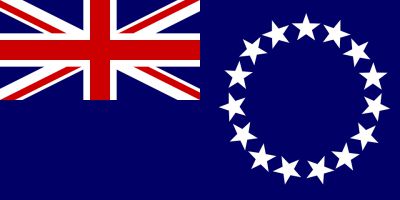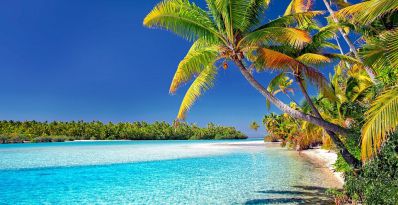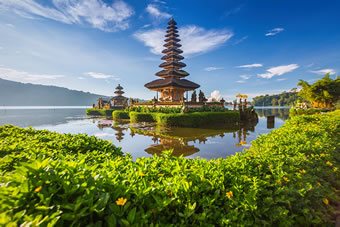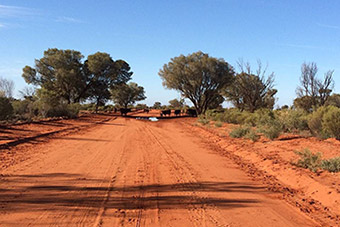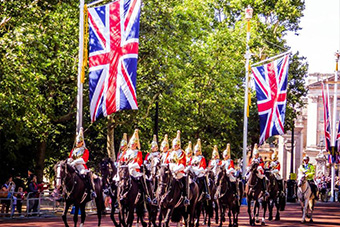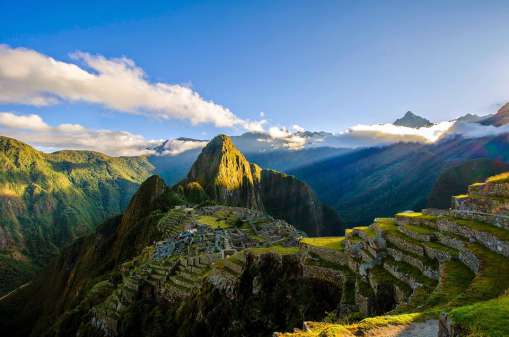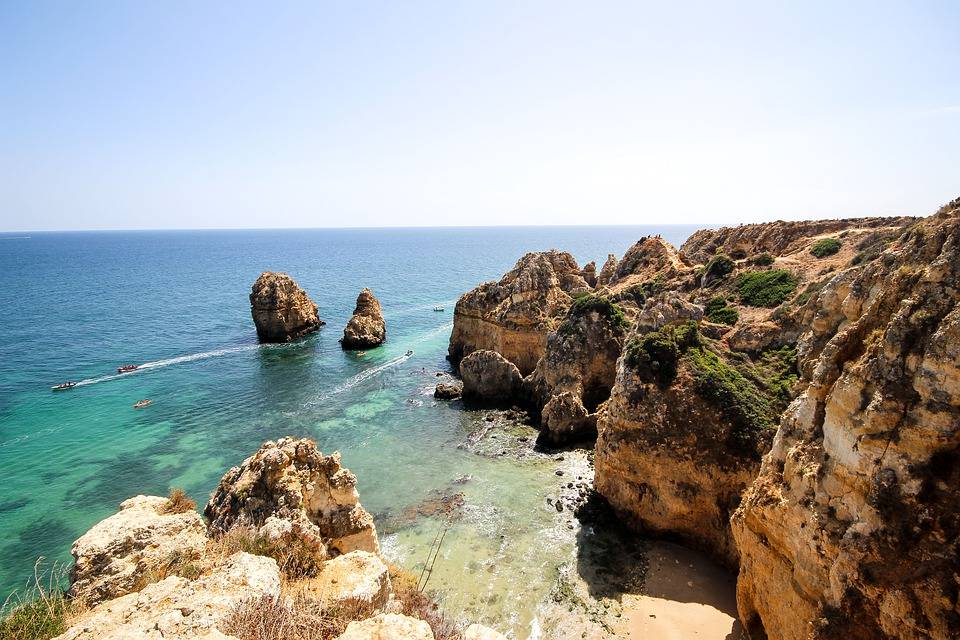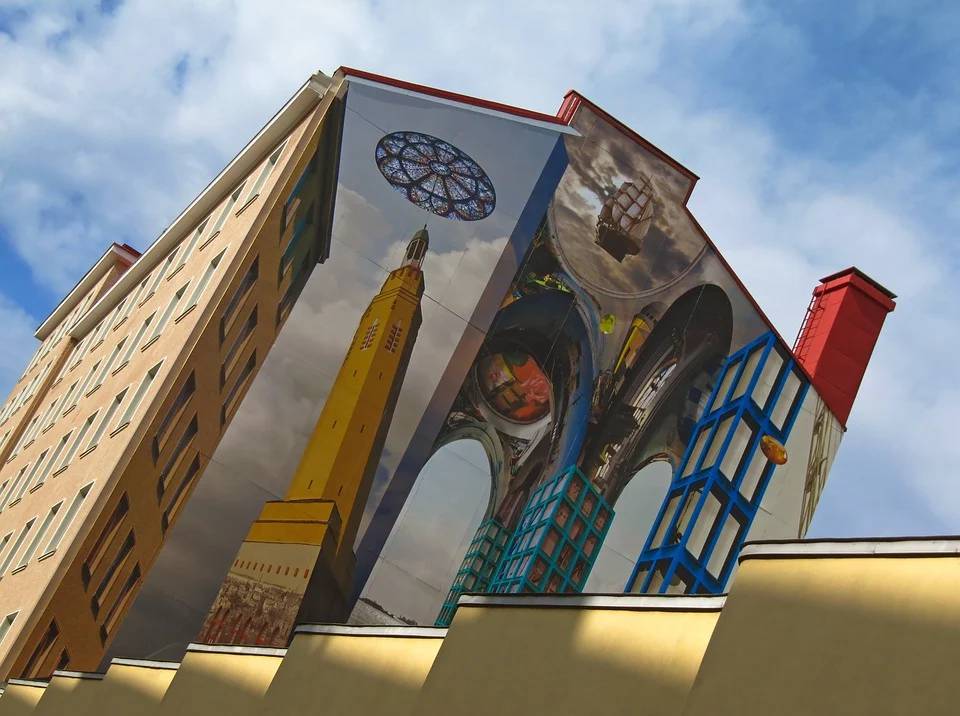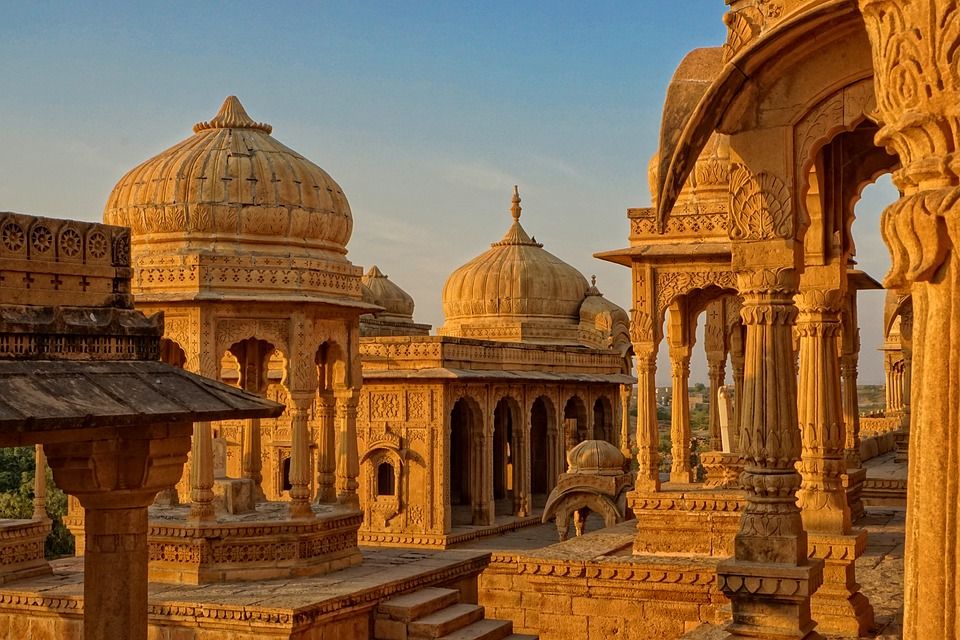Cook Islands
Looking to relax somewhere that’s beautiful, calm, and relatively unexplored? Look no further than the Cook Islands. Composed of 15 sandy freckles, people who come to Cook Islands come for one thing and one thing alone – its beaches.
Named after Captain James Cook, who had arrived in 1770, the Cook Islands only went under British rule after 1888, and in 1965, chose to self-govern itself in free association with New Zealand.
Apart from the interesting culture, it’s the natural beauty of the Cook Islands that most captivates visitors. The islands are both volcanic and ‘near atolls’ – lagoon edged by islets.
You’ll find Rarotonga teeming with jungle, while Aitutake is the most photogenic island – a true paradise. Expect powdery sand, an abundance of tropical fruits, palm trees and no worries. Home to some of the world’s most breath-takingly beautiful beaches, the Cook Islands offers the memorable view of pristine, white sandy beaches that contrast with crystal-clear, aquamarine blue waters. Some of the most popular among these beaches are Titikaveka and Muri Lagoon. Other natural highlights include Rarotonga (which has the international airport) with its jungles, mountains and wild scenery, and is Aitutaki, which is home to a number of well-regarded resorts.
Some facts about Cook Islands:
- The Cook Islands are known for being one of the largest suppliers of black pearls in the world.
- The Cook Islands are known for wood carving. It is practically customary for the skill to be passed on from one generation to the next.
- Rarotonga of the Cook Islands has served as the location for many notable movies, such as Another Shore, Johnny Lingo and The Other Side.
- The Cook Islands is one of the few countries in the world to have no McDonalds. While a few campaigns to bring the chain has been made, they have never been successful.
- A special building code exists on the Cook Islands – nothing built here can ever be higher than a coconut tree.

